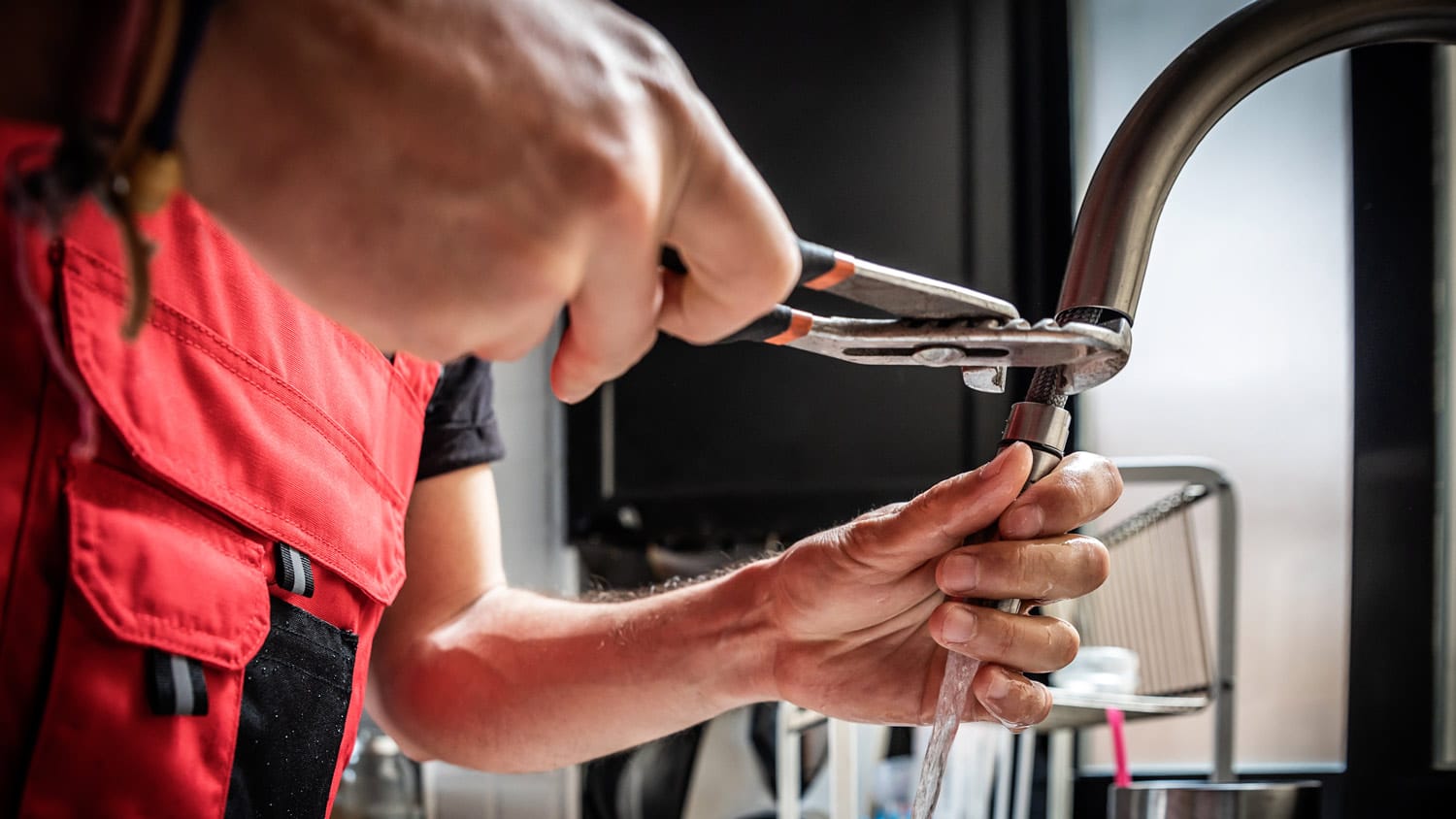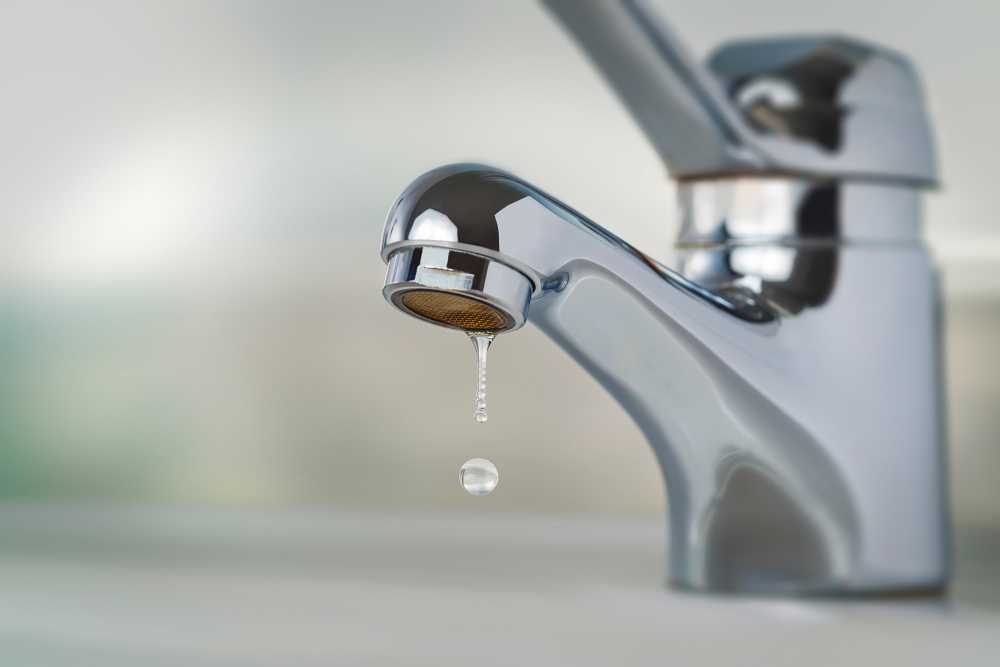We've stumbled on this great article pertaining to How to Fix a Leaky Faucet directly below on the internet and believe it made good sense to write about it with you here.

Intro
A leaking tap could seem like a minor aggravation, but its consequences prolong much past the occasional drip. Comprehending the results of a dripping tap is crucial for both property owners and the environment. In this short article, we'll check out the numerous impacts of this common home concern and why resolving it promptly is important.
Root Causes Of Leaky Faucets
Dripping taps can arise from a selection of factors, including damage, high water pressure, and corrosion. Gradually, the consistent use taps can cause worn-out seals and gaskets, causing leaks to develop. Additionally, excessive water pressure can put strain on plumbing fixtures, leading to leaks. Corrosion and rust can also deteriorate tap components, making them prone to leakage.
Water Wastefulness
Among the most significant repercussions of a leaking faucet is water waste. Even a little drip can amount to gallons of drainage gradually. This not only increases water bills but additionally contributes to water shortage and environmental destruction. Attending to dripping faucets quickly is critical for conserving this priceless source and lessening its effect on the world.
Financial Effect
Along with wasting water, dripping faucets can likewise have a significant monetary influence. Raised water bills are a straight consequence of water wastage, setting you back home owners thousands of dollars annually. Moreover, the expense of repairing water damages triggered by leakages can be considerable, especially if left neglected for a prolonged duration.
Environmental Impact
The environmental effect of leaky taps extends past water wastage. By saving water, homeowners can add to broader efforts to minimize water shortage and secure natural ecological communities. Sustainable options such as rain harvesting and water-efficient fixtures can additionally lower the environmental footprint of house water usage.
Technological Solutions
Improvements in modern technology have brought about the development of smart faucets and water-saving gadgets that aid lessen water wastefulness. Smart faucets utilize sensing units to spot movement and readjust water circulation accordingly, decreasing waste without compromising comfort. Water-saving tools such as aerators and low-flow showerheads are additionally effective in saving water without endangering efficiency.
Global Point of views
While leaking taps might appear like a local concern, they add to more comprehensive international challenges such as water scarcity and climate change. In regions already facing water stress and anxiety, every decline counts, making leakage avoidance and repair service crucial. By taking on water-saving techniques and buying lasting modern technologies, home owners can play their component in resolving these pushing worldwide problems.
Regulatory Steps
Federal government laws play a critical duty in minimizing the influence of leaking faucets and advertising water preservation. From developing codes that require water-efficient components to water-saving motivations and refunds, policymakers have a series of tools at their disposal. By implementing and enforcing these policies, federal governments can make sure that house owners prioritize water preservation in their day-to-days live.
Neighborhood Impact
Resolving leaking faucets calls for collective efforts at the area level. By raising recognition about the importance of water preservation and offering sources for leak discovery and repair work, neighborhood authorities can equip property owners to take action. Efforts such as water-saving rebate programs and leakage detection campaigns can incentivize actions change and advertise accountable water usage.
Case Researches
Real-life instances of the effect of leaky taps emphasize the value of proactive maintenance and prompt repair work. From water damages to skyrocketing water expenses, the effects of disregarding leakages can be severe. By sharing these case studies, home owners can much better understand the relevance of addressing leaking taps without delay.
Educational Campaigns
Educational campaigns play a critical duty in raising understanding concerning the impacts of leaking faucets and advertising water conservation methods. Through workshops, seminars, and on the internet resources, property owners can find out how to find and repair leakages themselves. By equipping individuals with expertise and devices, instructional projects can promote a culture of responsible water use within communities.
Health and wellness Issues
Leaky taps can develop helpful environments for mold and mildew and mildew growth, posing wellness risks to passengers. The presence of mold can worsen respiratory system issues and allergic reactions, particularly in prone people. Additionally, water damage resulting from leaks can compromise the architectural stability of buildings and bring about costly repair services.
DIY vs. Specialist Repair work
When faced with a leaking tap, property owners often discuss whether to attempt repairs themselves or work with an expert plumber. While do it yourself fixings can conserve money, they may not always address the underlying concern properly. Professional plumbing professionals have the knowledge and devices to detect and fix leaks appropriately, making certain lasting services and peace of mind for homeowners.
Safety nets
Stopping leaky faucets needs routine maintenance and proactive steps. Simple jobs such as replacing worn-out washing machines and seals can protect against leakages from establishing. Furthermore, upgrading to high-grade components and decreasing water stress can help lengthen the lifespan of taps and reduce the danger of leaks.
Conclusion
Finally, the results of a dripping tap prolong much beyond the periodic drip. From water wastefulness and boosted water bills to health and wellness issues and environmental effect, the repercussions of disregarding leaks can be considerable. By addressing leaking taps immediately and taking on water-saving techniques, home owners can alleviate these results and add to an extra lasting future.
Why You Shouldn’t Ignore a Leaky Faucet in Your Home
What Causes a Leaky Faucet?
Various factors can cause a leak, from loose and worn-out parts to corrosion. Your faucet has four essential components from which most plumbing issues will stem: the O-ring, the valve seat, the washer and the gasket.
What Is an O-Ring?
The O-ring is a stem screw that fastens parts of the faucet in place, preventing water from leaking out of the spout. Depending on your faucet type, the stem might have multiple O-rings. Water will drip from the faucet’s handles and base if this part breaks or deteriorates.
What Is a Valve Seat?
The valve seat controls the flow and temperature of the water. Found at the base of the handle, it works as a seal for the faucet’s stem. The valve seat ensures the water is allowed to flow or is blocked as the handles dictate. You’ll know it’s malfunctioning when water leaks from your faucet’s sides.
What Is a Gasket?
The gasket is found between the water inlet and the valve stem. It creates a seal between the faucet and the sink, holding its joints by aerators attached to the stem’s head. Water will trickle out from the base if the gasket isn’t working.
What Is a Washer?
The washer secures the handles and prevents leakage, serving a similar purpose to the O-ring. While the O-ring is ordinarily round and made from an elastic material, such as rubber, the washer is square-shaped and composed of brass, copper and other hard metals. If it malfunctions, corrodes or has been improperly installed, water will leak out of the handles, causing that incessant faucet drip.
Why Is a Leaky Faucet Dangerous?
A leaky faucet left alone for too long can have significant consequences.
Pest Infestations
Since bugs and rodents gravitate towards the scent of water, a leaky faucet will draw pests to your sink. Both are looking for leaks accessible through crawl spaces, which a faucet provides. If you leave water dripping for too long, you run the risk of an infestation.
Rust
If one of the faucet parts has started to corrode, the resulting rust can spread to your pipes and valves with startling speed. The rust might even lead to cracks or other impairments, resulting in more severe plumbing issues.
Your sink could also sustain damage from a leaky faucet. The water in your tap possesses sparse elements of calcium and iron that can stain your sink with repeated and prolonged exposure. Once those elements in the water have been open to the air for some time, your sink will start to rust, creating marks that can be difficult to remove.
https://www.tomsmechanical.com/blog/why-you-shouldnt-ignore-a-leaky-faucet-in-your-home

I recently found that piece of writing on How to Fix a Leaky Faucet when perusing the search engines. Are you aware of somebody who is interested in the subject? Why not promote it. We treasure reading our article about Potential Health Risks Associated With Leaky Faucets.